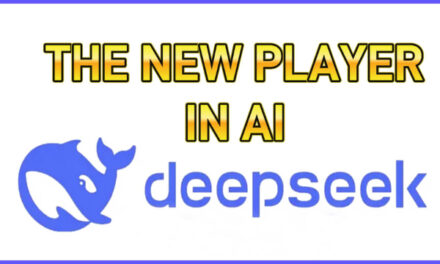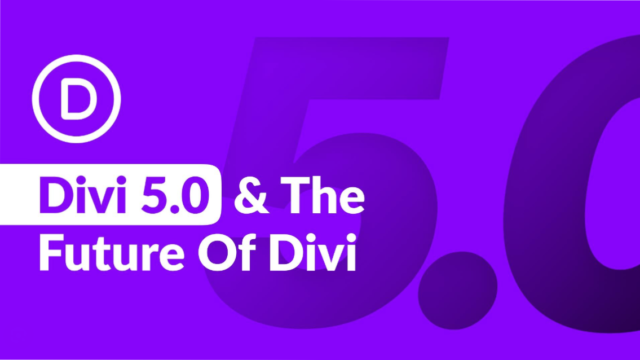Introduction
In an era where the lines between real and artificial are increasingly blurred, Meta’s announcement to automatically label AI-generated images on its platforms represents a significant commitment to digital transparency. This initiative, encompassing Facebook, Instagram, and Threads, aims to set a new standard for content integrity online. However, the introduction of such a system has sparked a debate among technology experts, AI specialists, and the general public, raising questions about its potential effectiveness and the broader implications for the digital landscape. This commentary aims to delve into these discussions, offering a comprehensive analysis of Meta’s strategy, its potential impacts, and the challenges it faces.
Critical Analysis
Technological Aspirations vs. Practical Realities: Meta’s plan is ambitious, reflecting a proactive stance in combating the proliferation of AI-generated misinformation. By extending labeling to content generated by external AI technologies, Meta is broadening its scope of surveillance beyond its proprietary boundaries. However, the skepticism voiced by experts underscores a critical gap between the initiative’s aspirations and its practical feasibility. Concerns about the technology’s ability to accurately detect and label all AI-generated content hint at the possibility of significant oversight and the risk of false negatives.
Expert Opinions and Skepticism: Highlighting remarks from AI specialists and academics like Professor Soheil Feizi sheds light on a fundamental challenge: the constant evolution of AI technologies may outpace the detection capabilities of Meta’s system. This skepticism is not unfounded, as the history of digital content regulation shows a cat-and-mouse game between platform policies and the development of bypassing techniques.
Meta’s Response and Policy Development: The detailed blog post by Sir Nick Clegg and subsequent policy initiatives indicate Meta’s awareness of these challenges and its commitment to evolving its strategies in response. The introduction of a policy for political advertisements to disclose digital alterations represents a step towards greater accountability. However, the criticism from Meta’s Oversight Board about the existing policies being inconsistent calls for a more robust framework to effectively manage the complex landscape of manipulated media.
Personal Insights
Beyond Technology: A Multi-Faceted Approach: While Meta’s technological initiative is crucial, its success will likely depend on a holistic strategy that encompasses user education, policy development, and international collaboration. Educating users about the nature of AI-generated content and the importance of critical consumption practices can empower individuals to navigate digital spaces more safely. Furthermore, collaboration with other platforms, policymakers, and technology developers could lead to a more unified and effective approach to regulating AI-generated content globally.
The Role of the Community and Future Directions: Meta’s hint at imposing penalties for non-compliance with self-labeling policies for audio and video content introduces a community-driven aspect to content regulation. This approach, while potentially effective, raises questions about enforcement and fairness, highlighting the need for transparent and consistent guidelines. Looking forward, the challenge for Meta and the broader digital ecosystem will be to adapt continually to the evolving capabilities of AI, ensuring that strategies to combat misinformation remain effective and resilient.
Conclusion
Meta’s initiative to label AI-generated images is a landmark attempt to enhance the authenticity and transparency of digital content. While it represents a significant step forward, the criticisms and challenges it faces underscore the complexities of regulating AI-generated content. As the digital landscape continues to evolve, so too will the strategies needed to maintain its integrity. Meta’s initiative, despite its potential shortcomings, catalyzes a much-needed industry-wide dialogue on the responsibilities of platforms in the age of advanced AI. The effectiveness of Meta’s approach, ultimately, will depend on its ability to adapt, innovate, and collaborate in the face of an ever-changing technological frontier.










